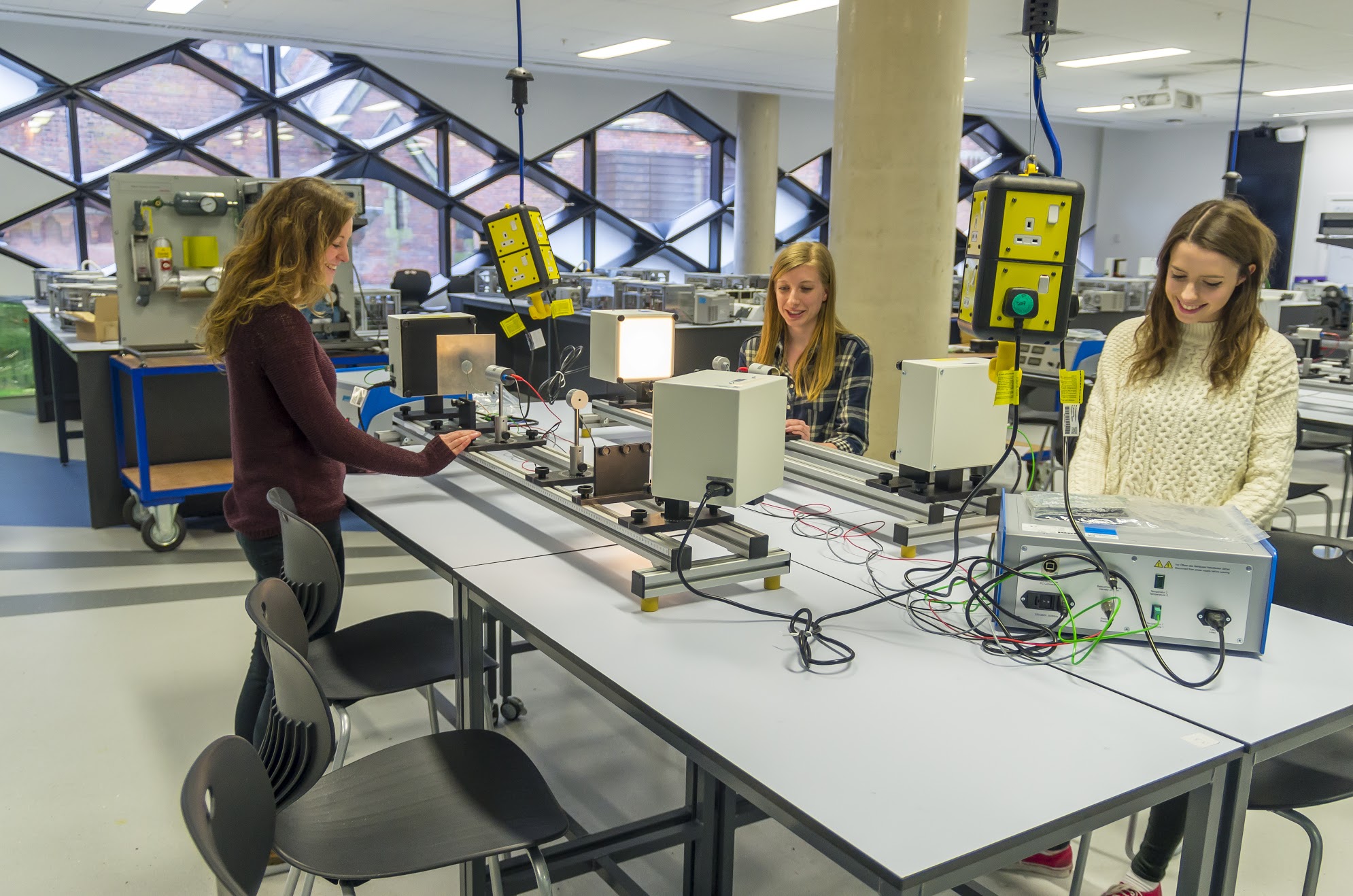
Where have we been? Where are we going?
On this course, you have been developing a toolkit of skills for producing professional, logical and detailed technical engineering reports. This week you have tackled the most important and, arguably, the most difficult section of a report: the Discussion.
We have introduced some topics that you may want to consider including, such as how to discuss the errors and uncertainty in your results and what the significance of your work is on the wider world of engineering.
However, a Discussion section is highly dependant on the topic of work being reported and will vary significantly between different reports. To ensure this section is written well, the principal aspect to consider is that the meaning of the results, rather than a statement of the facts, is presented. It is here that your opinions and conjecture about the causes of the trends seen in the results can be included. Remember to clearly state that these are NOT facts but are carefully argued points arising from the literature and your own results.
We have also learned how to write a Conclusion and how it differs from the Discussion section. You now know that a Conclusion only contains things that you have shown to be true; it introduces no new material.
Next lesson, we'll tackle our final section; the Abstract. This is a summary of the whole report which tells the reader the main points about the project.
In this final lesson, we'll also teach you how to put all these individual sections together into a single, coherent report. We'll explain the additional sections that are added onto the beginning or end of a report to provide the reader with the signposting necessary to find their way around your technical engineering report.
If you would like to get a head start, you can head over to Lesson 6 now